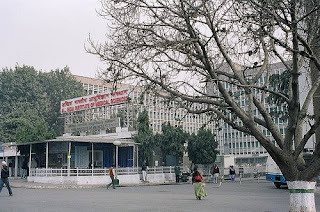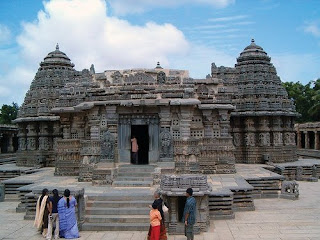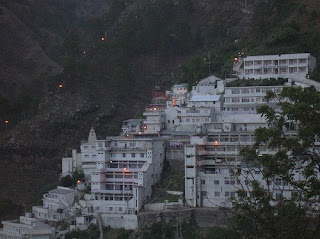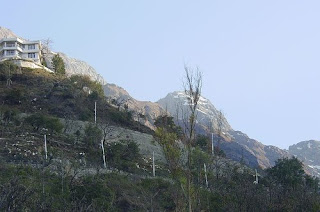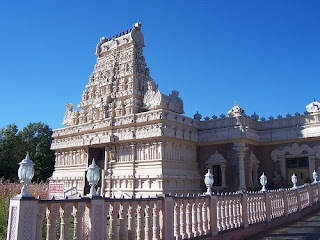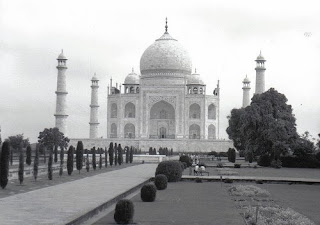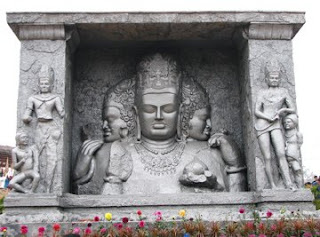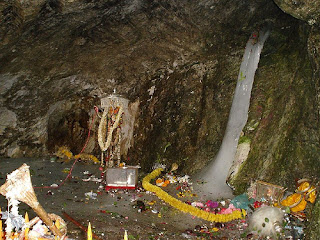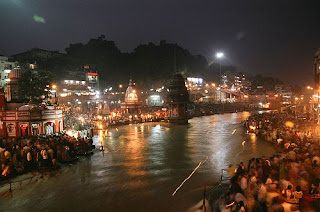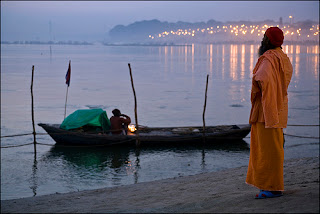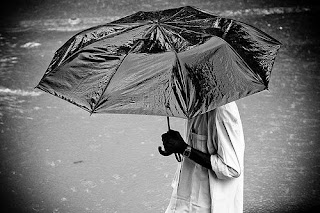 scorching summer heat. In fact, monsoon season in India has now also become popular become among the global trotters. For last few years, Monsoon tourism has emerged as new tourism theme in India.
scorching summer heat. In fact, monsoon season in India has now also become popular become among the global trotters. For last few years, Monsoon tourism has emerged as new tourism theme in India. Travel freak from India and foreign countries throng some of the special locations of India to enjoy the rainy season at its best. India’s capital New Delhi is a famous destination for monsoon season, God’s own Country Kerala, Kolkata and Karnataka are another hot spots. While some visit the Nilgiri hills in South India to see the lush tea gardens and mystic charm around.
Delhi – One of the most famous tourist destinations of world, Delhi is a evergreen place. Delhi is full of places to enjoy the monsoon rains. India Gate, a war memorial situated on Rajpath is the favoured place among the city people and the outsiders as well. During the monsoon season the parks surrounding the monument, turns lush green. Besides, the artificial lakes also get full of water, providing exciting boating opportunity. You can see people enjoying the rains with their families and friends. Purana Quila (Old Fort) in Delhi is another famous place. You can enjoy the boating across the lake adjacent to the fort. Boats are available on rent for half-hour to one-hour at nominal charges. In addition to these, Delhi has a number of parks and gardens where people reach to take a refreshing bath in monsoon rain.
Kolkata – Also called the ‘City of Joy’, Kolkata is one of the four metros of India. Once the capital of India, Kolkata is the capital of state of West Bengal. Due to its location close to the Bay of Ben
 gal, Kolkata receives heavy rains during monsoon. The city has number of spots where people enjoy the rainy season. Victoria Memorial, Alipore Zoo, Maidan are some of the places where you can see large crowd during rains.
gal, Kolkata receives heavy rains during monsoon. The city has number of spots where people enjoy the rainy season. Victoria Memorial, Alipore Zoo, Maidan are some of the places where you can see large crowd during rains.Kerala – God’s own country – Kerala is full of natural wonders. Beaches, backwaters, wildlife, rivers and lakes are some of the attractions of Kerala. During the monsoon these natural wonders become more charming. Some of the must visit places in Kerala are Munnar, Wayanad and Kumarakom. A boat cruise across the Kerala backwaters, is once in a lifetime experience. Periyar lake inside the Periyar Wildife Sanctuary also offers exciting boating option. One can see a variety of wildlife while cruising the lake. Apart from these, Ayurveda in Kerala during monsoon is a thrilling experience. In fact, an Ayurveda vacation in Kerala during monsoon is the finest way to refresh, rejuvenate and renew your body and soul. Tour operators in Kerala offer ‘Monsoon Holiday Packages’ for tourists, covering all important destinations of the state. Monsoon tour packages are available on various options, so feel comfortable and enjoy the rainy season in Kerala this year.
Karnataka – South India state of Karnataka also draws large number of tourists during monsoon. Mangalore, Gokrana and Chickmagalur are some of the famous places of Karnataka that can be
 visited in monsoon season. Situated on the western coast of Karnataka, Mangalore is a small town of narrow winding streets, lofty coconut trees, quaint gable-roofed houses, beautiful beaches, temples and churches. The heady fragrance of the Mangalore ‘Mallge’, the aroma os spicy cocont curries and hustle and bustle of life around a seaport, add more to the charm of the city. Gokarna is a small hill town, located at a distance of 453km from Bangalore.
visited in monsoon season. Situated on the western coast of Karnataka, Mangalore is a small town of narrow winding streets, lofty coconut trees, quaint gable-roofed houses, beautiful beaches, temples and churches. The heady fragrance of the Mangalore ‘Mallge’, the aroma os spicy cocont curries and hustle and bustle of life around a seaport, add more to the charm of the city. Gokarna is a small hill town, located at a distance of 453km from Bangalore.An ancient Shaiva Centre, Gokarna is said to be as important as Kashi and Rameshwar. Mahabaleshwara is one of the important temples here. However, Swaswara, a CGH Earth resort on the Om Beach is highlight of Gokarna which captures solitude, serenity and the ambience of its pristine beaches. Chickmagalur is situated 250 kms from Bangalore, amidst the Bada Budan Hills. A calm and serene hill station, Chickmagalur boasts of scenic vistas, gentle slopes and rugged mountain trails that are a delight for trekkers.
In addition to above mentioned, there are several destinations in India where you can enjoy monsoon season in a very exciting way. So, choose any destination of India this monsoon to experience the nature’s precious gift on your own.

